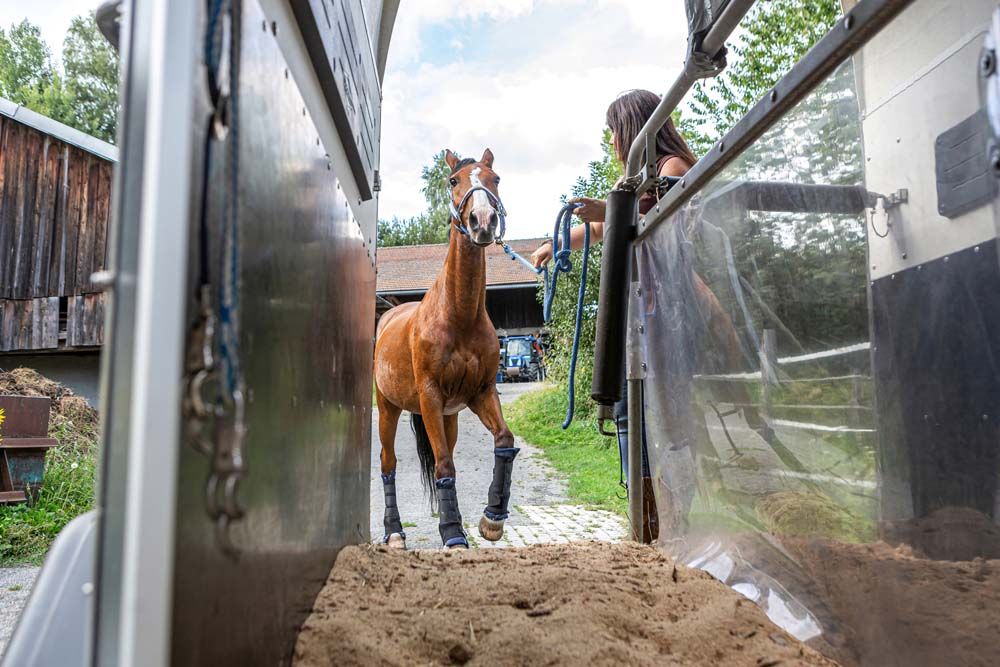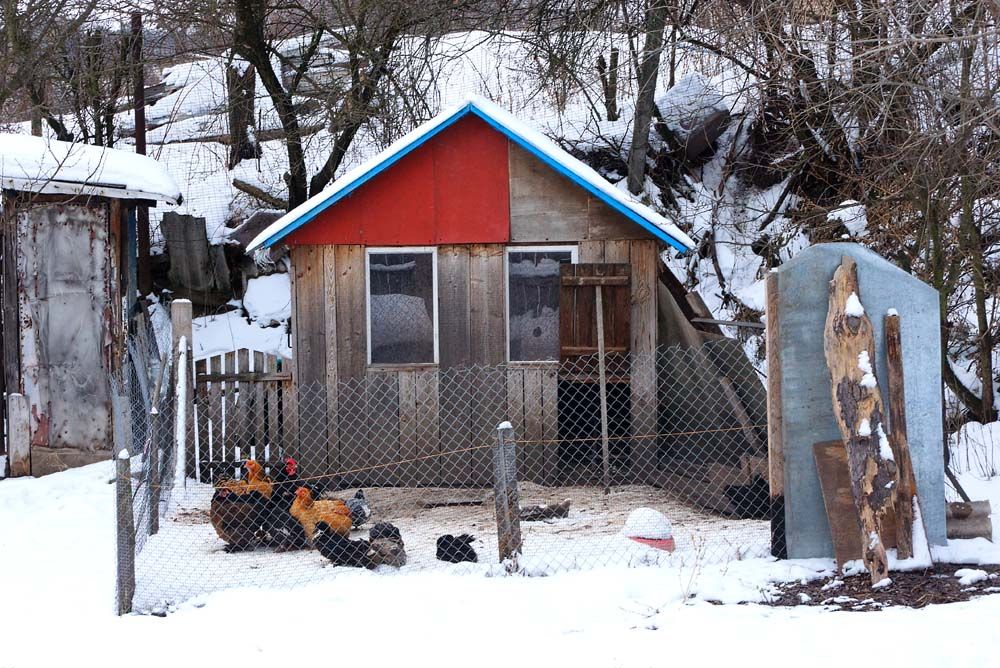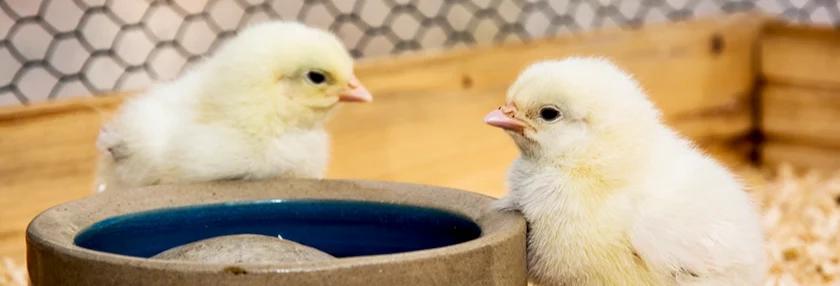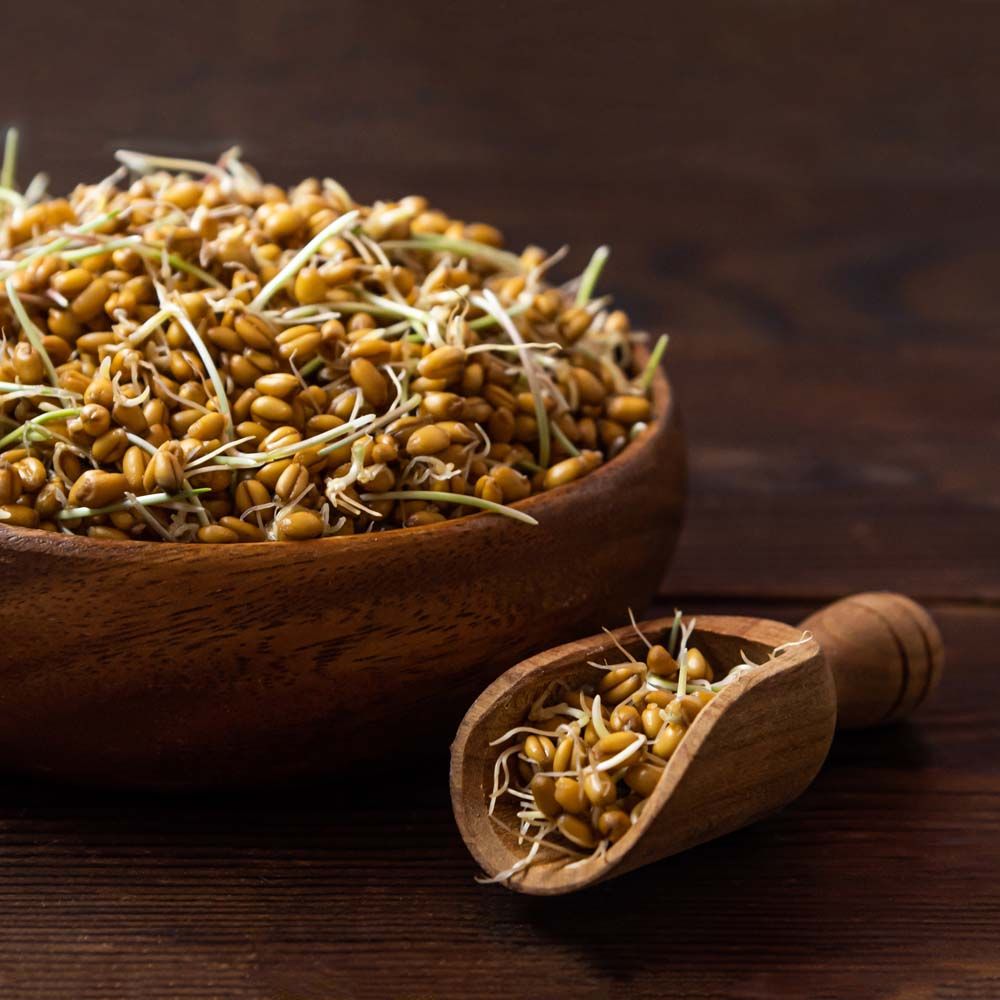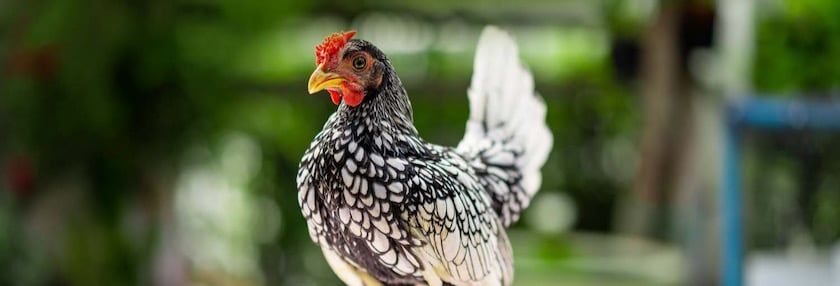How Chicken Keeping Gave Me Purpose
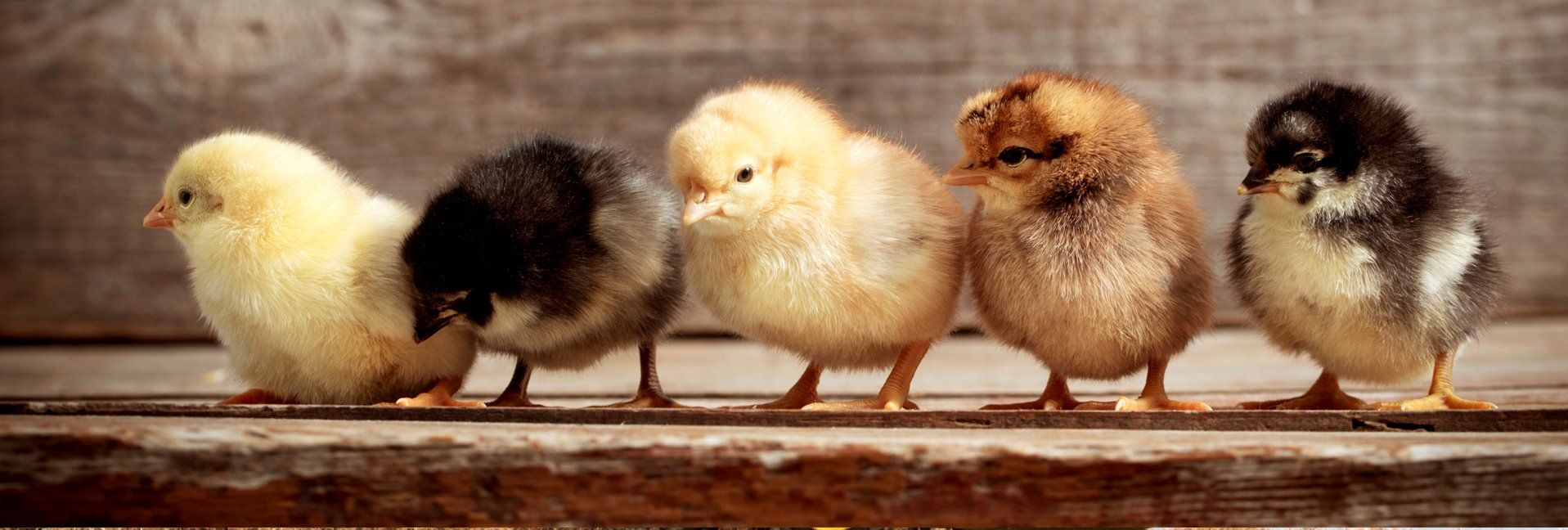

10 Questions to Carrie Boyer
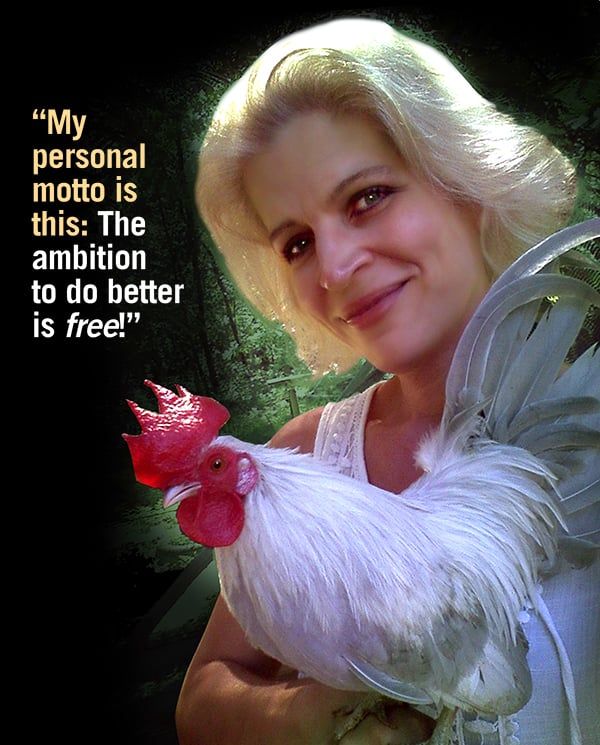
Carrie Boyer is a 46-year old chicken breeder who fights daily with a potentially crippling immune disease. Raising chickens, though, has given her life purpose and—surprisingly—improved health. Known online as “Isabel Featherstone,” Carrie’s story is at once uplifting and educational.
1. How long ago did you start raising/breeding chickens?
I began raising chickens in 2011.
2. What breed do you raise/breed and why did you choose them?
Old English Game Bantams, and my specialty is breeding recessive lavender color genetics turning normally dark colored plumage into washed out grayish to yellowish-colored feathering. I didn’t choose this breed. I was gifted six Old English Bantams to use as backyard “pest control” after being stung on the head by a bumblebee!
3. What do you find are the hardest challenges with raising/breeding chickens?
Three things: In the words of my veterinarian, “They’re like babies—they can’t tell you what’s wrong.”
Another challenge we all face is learning to say “no” to playing internet diagnosis. I stopped participating with internet diagnosis when I met my veterinarian after I paid $12 on a fecal test and learned de-worming advice on internet blogs and group forums is wrong! I stopped trying to be cool and chose science instead.
Lastly, being an individual living with chronic pain and medical challenges. Rather than complain about my disabilities from an immune disorder, I focus on my abilities.
4. I’ve seen some of your custom coops/cages. How did you learn the skill of woodworking?
I’m self taught—just wingin’ it! My personal motto is this: The ambition to do better is free!
(Q. What does that mean?)
When I received my first chickens, I purchased a table saw and someone else built my first coop for me…but the coop fell apart moving to another location months later. So I asked friends to help me build another coop and time was a factor, but my ambition to make sure my birds were safe from predators took over. So I faced the fear of running my own table saw. I flipped on the power switch and forced myself to begin experimenting with building coops.
The obstacles I had to overcome when building my own coops were 1): coops that are too heavy and I can’t move them on my own. 2): building a straight coop without crooked corners; and 3) the need to be budget friendly. I was able to overcome these by ripping wood on the table saw, drilling pilot holes to line up the framework on the coops, and salvaging usable free scrap material. My latest work involves building coops from Hurricane Michael debris. I spent less than $100 building those four coops.
5. Tell us about the biosecurity measures on your property.
I’ve learned that biosecurity is for both sides of the fence, so I have several measures in place to protect not just my flock, but the health and safety of visitors, as well. I have a farm sign that states “No Entry Without Authorization.” Since the installation of the sign, various political and religious solicitations have stopped. I keep my coops and pens fenced in behind a six-foot privacy fence and the chickens are not allowed to free range. Pens are also screened to slow disease-carrying insects such as flies and mosquitoes, and to prevent wild birds accessing.
I also use pest control prevention like fly traps, keeping grass and weeds cut short, and keeping clutter to a minimum. Any open standing water gets dumped, feed is cleaned up at night, and insecticide is applied when necessary.
On the rare occasion I acquire new birds, those come from NPIP participating flocks only, and I put the birds in a separate coop for a minimum 30-day observation and quarantine before adding to my existing flock.
6. Have you had any biosecurity challenges in the past?
I live in Florida where every day is a biosecurity challenge due to insects! We’re talking insects like two-inch long Palmetto Bugs, mosquitoes, and many species of Darkling Beetles. When I first began chicken-keeping, I (thought) they were to be used at pest control. I found out the hard way that allowing my birds to freely eat insects because “it’s good for them” was a mistake.
About two years ago my flock mortality rate spiked. Examining fresh feces one morning, I found tiny little egg-shaped objects moving in the feces, and a section of a worm. I took a sample to my veterinarian and while she confirmed I indeed had a found a species of tapeworm, she could not figure out what the egg-shaped objects were and how they relate to avian parasitism. I gathered the information and emailed the State Veterinarian. “You have a Darkling Beetle problem!” they responded.
So I also discussed the issue with a state entomologist and realized I created the perfect environment for the beetles to make a home in my pens: Outdoor lighting and a “deep litter” method. So I gutted all my pens, burned the litter, removed all lights, and learned how to properly apply insecticide.

From this event I also learned these beetles are known vectors for Marek’s Disease. I narrowly escaped that problem, but my birds died because of crop impaction from chitin undigestability and tapeworm the beetles carry. It was a frightening event.
7. What are the challenges of selling chicks, chickens, and hatching eggs?
Small breed chickens like mine are not common. People who want chickens want big eggs, and big eggs come from big chickens! I used to have big chickens but I found out I was unable to keep the large breeds happy because I need larger space for them. The next challenge is price— too often people want poultry for cheap, or even free. No consideration is given for the care spent on them in time and money by the prior owner. But I suppose this happens with cats, dogs, horses, pigs, and goats, too.
8. What personal satisfaction do you receive from raising/breeding chickens?
Chickens have made me a healthier person. It’s not because I’m eating eggs from my own backyard—although I do. Rather, the exercise I get from coop workouts helps manage my chronic pain, reduces the need for medications, and I sleep better. Years ago when I was diagnosed with PTSD, chickens kept me from becoming a recluse. They helped me find my self-confidence and determination, which led doctors to realize I had more than just depression. It was discovered I have sinus disease from fungal exposure, which can be deadly if not properly monitored.
This year I met a dentist who concluded I have facial and head nerve damage from TMJ reconstruction. And the dentist just so happens to really love chickens! So because of chickens, I receive better pain management which led to me losing 30 pounds, and that never hurts. And I learned I was really good at something… them!
9. What’s one mistake you have made in the past that you have learned from?
Expecting poultry friends to learn from lessons from my own mistakes! I’ve witnessed poultry friends immediately add chickens to their existing flocks after I told them, “I don’t care how good you think I am, please isolate the birds for 30 days.” I’ve even been offered non-NPIP birds from a friend that was NPIP-certified.
My mistake was holding expectations too high and expecting fellow poultry friends to respect their own flocks and fellow flock owners in the same manner that I try to.
10. If the sky was the limit, what is the one thing you would purchase to make your job raising/breeding chickens easier?
I’d love an RV retrofitted with cages to take vacations or for when you have to escape a Cat 4 hurricane!
Fast Facts

Carrie Boyer
Altha, Florida
Age 46
Occupation: Chicken breeder, artisan
Family: Mom to one son, a corgi, and 75 chickens
Tags:Chicken Chatter

Acreage Life is part of the Catalyst Communications Network publication family.






